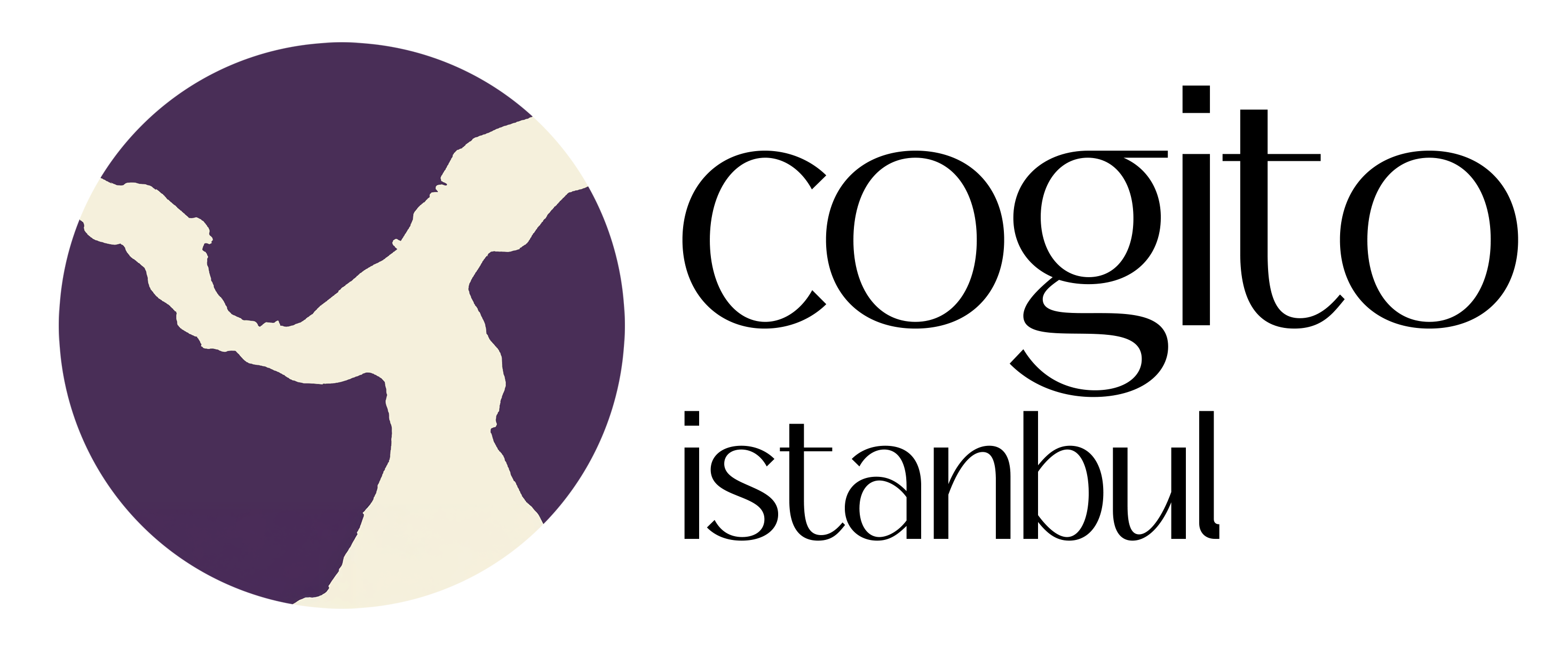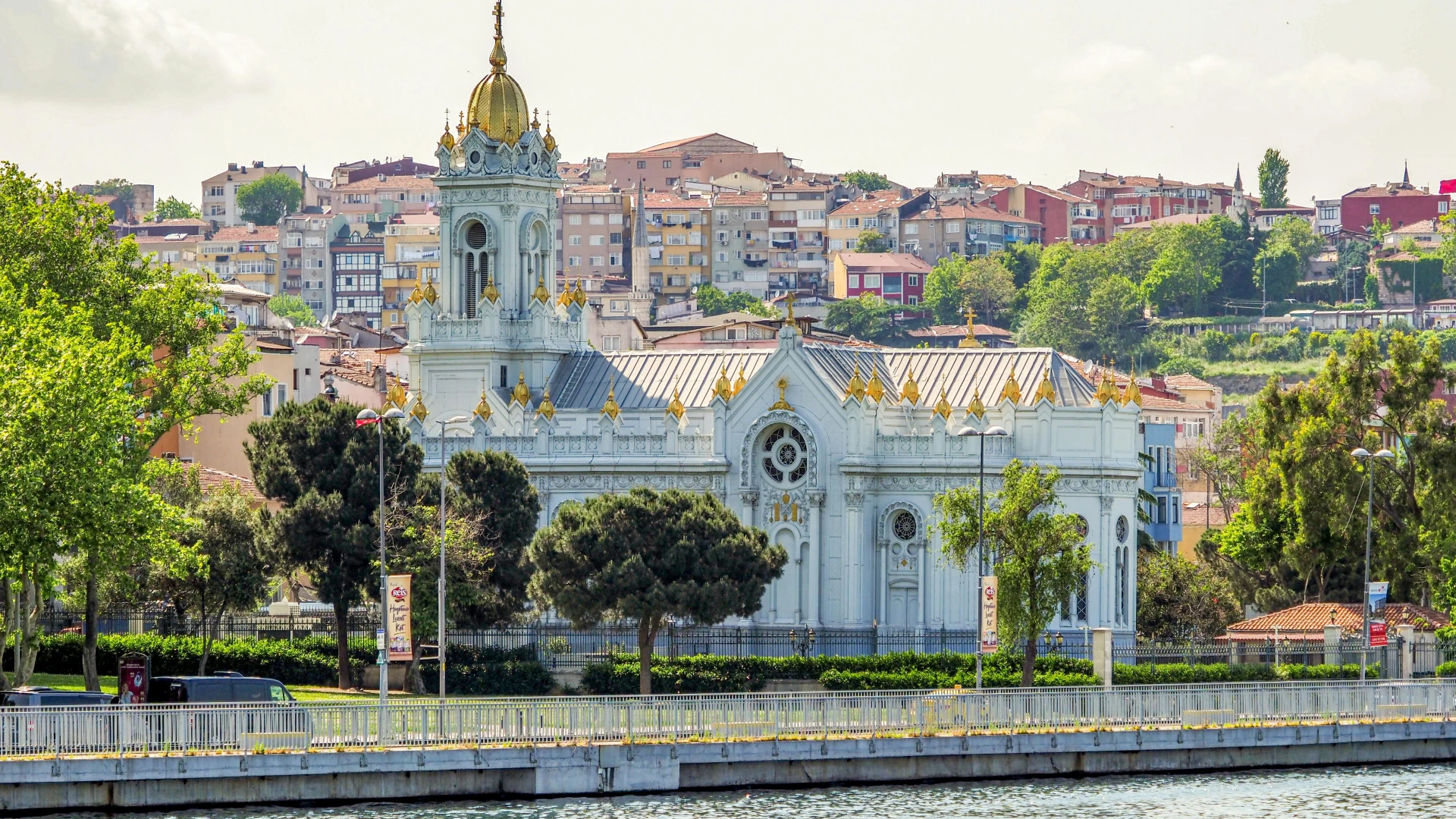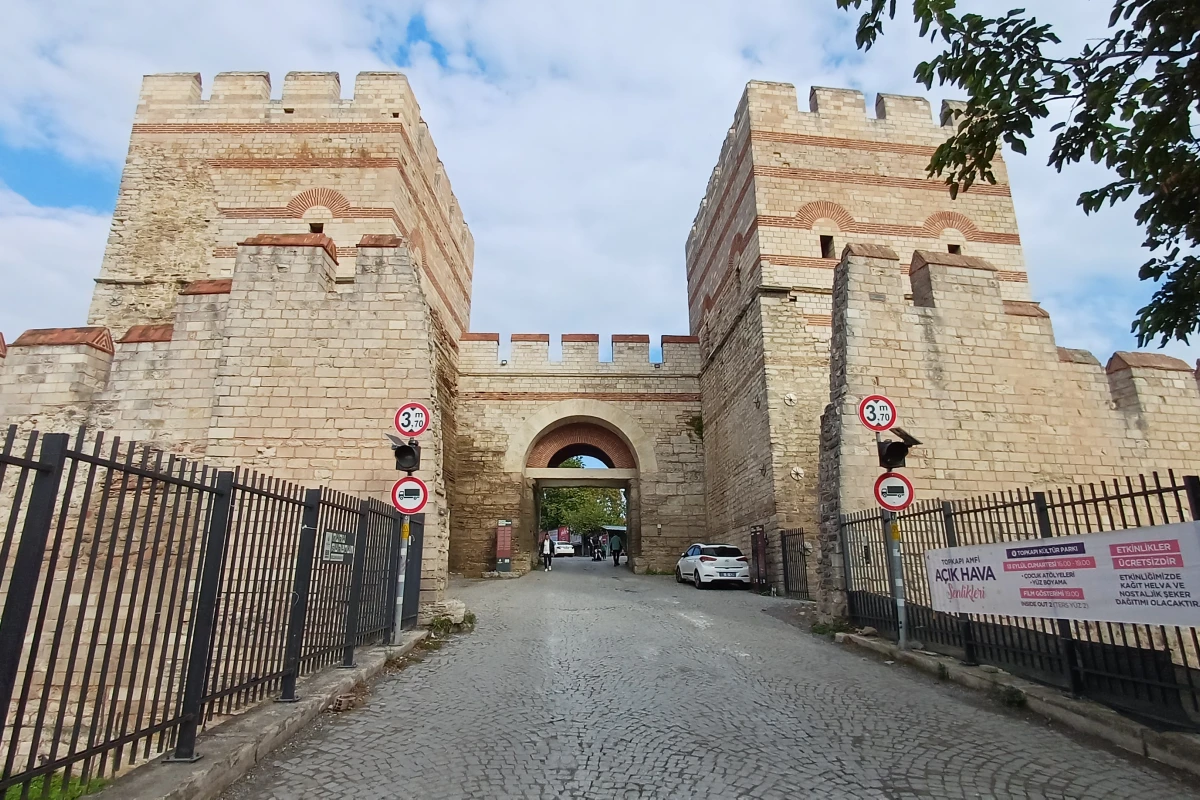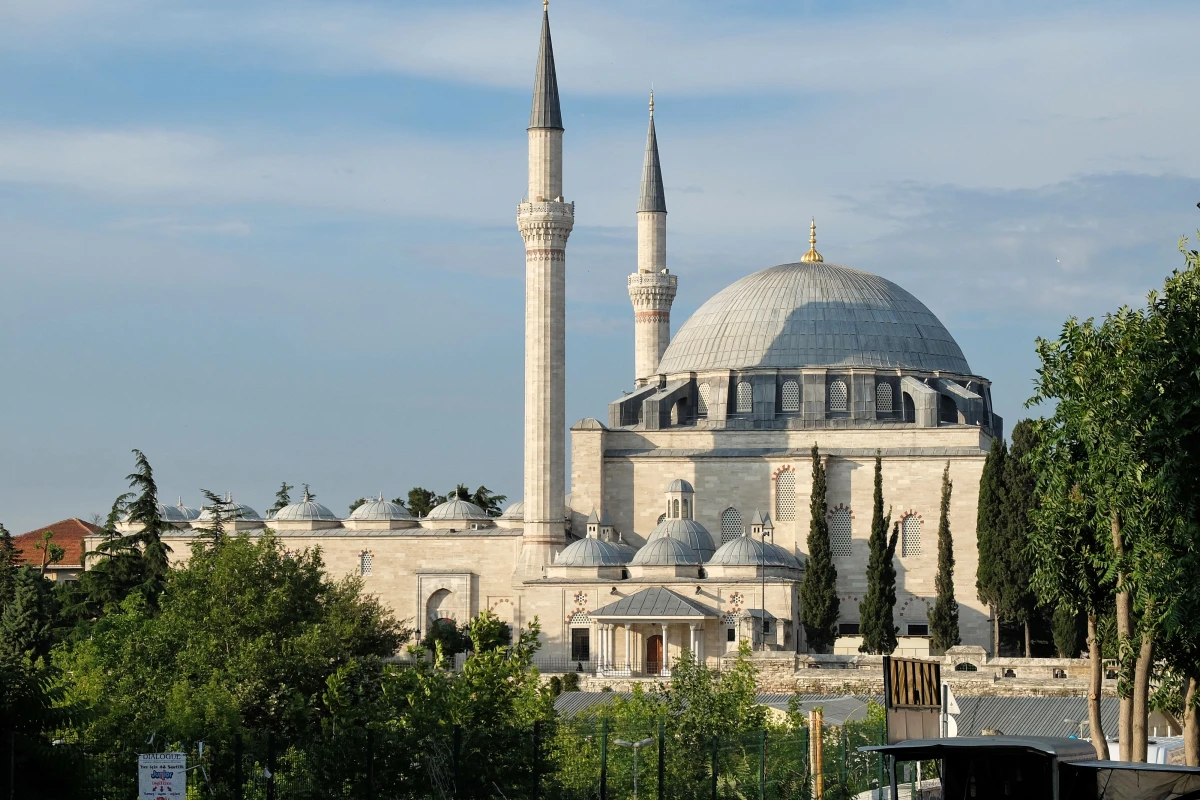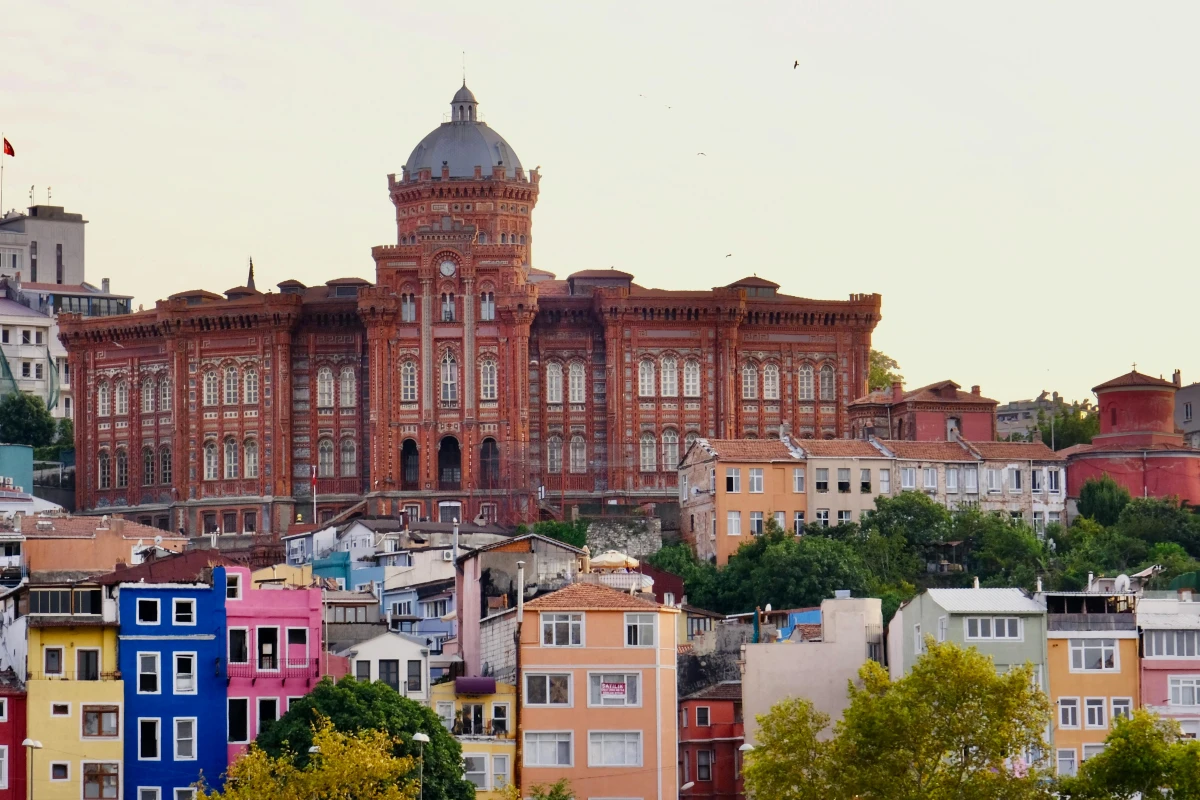Bulgarian St. Stephen Church, also known as the Iron Church due to its construction material, is one of the most striking monuments on the Golden Horn in Istanbul. Located between the Fener and Balat districts, the church was built in the 19th century for the Bulgarian community that had separated from the Greek Patriarchate as part of the Bulgarian nationalist movement.
History of the Iron Church
In 1849, Ottoman statesman of Bulgarian origin Stefanaki Bey (Stefan Bogoridi) donated his wooden house along the Golden Horn to his minority Bulgarian community to be used as a church. Influenced by the 19th-century nationalist movements, the Bulgarians of Istanbul sought to build their own separate nation, beginning with the establishment of their independent church, distinct from the Fener Patriarchate, which was predominantly Greek. However, in the Ottoman Empire, founding a church required state approval. Using their influential figure Stefanaki Bey, the Bulgarians finally succeeded in separating from the Greek Patriarchate in 1870 by an official ferman (imperial decree), establishing the Bulgarian Exarchate in Istanbul.
The wooden church burned down at the end of the 19th century. To replace it, plans were made to construct a larger church. However, Sultan Abdülhamid II was reluctant to approve such a project and only gave the Bulgarians three weeks to build it. In response, the Bulgarians cleverly organized an international competition for its construction. The Austrian Waagner Company won and began fabricating the structure in Vienna. Since the church was prefabricated, the Bulgarians only needed to assemble it in Istanbul, which seemed possible within the three-week timeframe.
In reality, however, the installation of the church took about 1.5 years. Despite this, the Sultan did not interfere, being preoccupied with larger political challenges.
Architecture of the Iron Church
Richly decorated, the Iron Church has a cross-shaped plan and a bell tower. The church’s six bronze bells were produced in Yaroslavl, Russia. Its prefabricated elements, weighing 500 tonnes, were shipped from Vienna via the Danube and the Black Sea. The main structure was built from steel and covered with metal plates. The architectural style combines Neo-Gothic and Neo-Baroque elements. Today, it remains the last surviving iron church in the world, as the others once built in Argentina and Austria no longer exist.
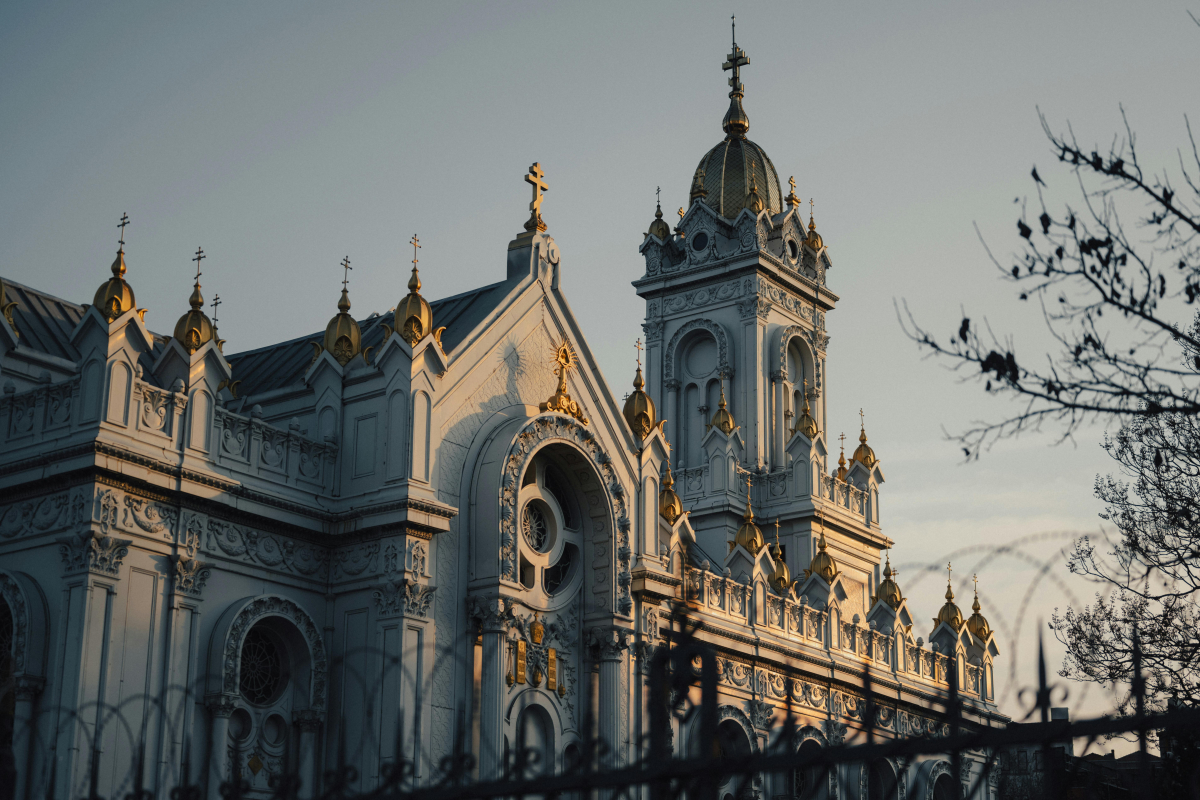
Visiting Information
The church is open every day from 9:00 to 17:00. However, it may close earlier, so visitors are advised to plan their trip before 16:30. Upon arrival, simply ring the bell, and the church attendant will open the door.
